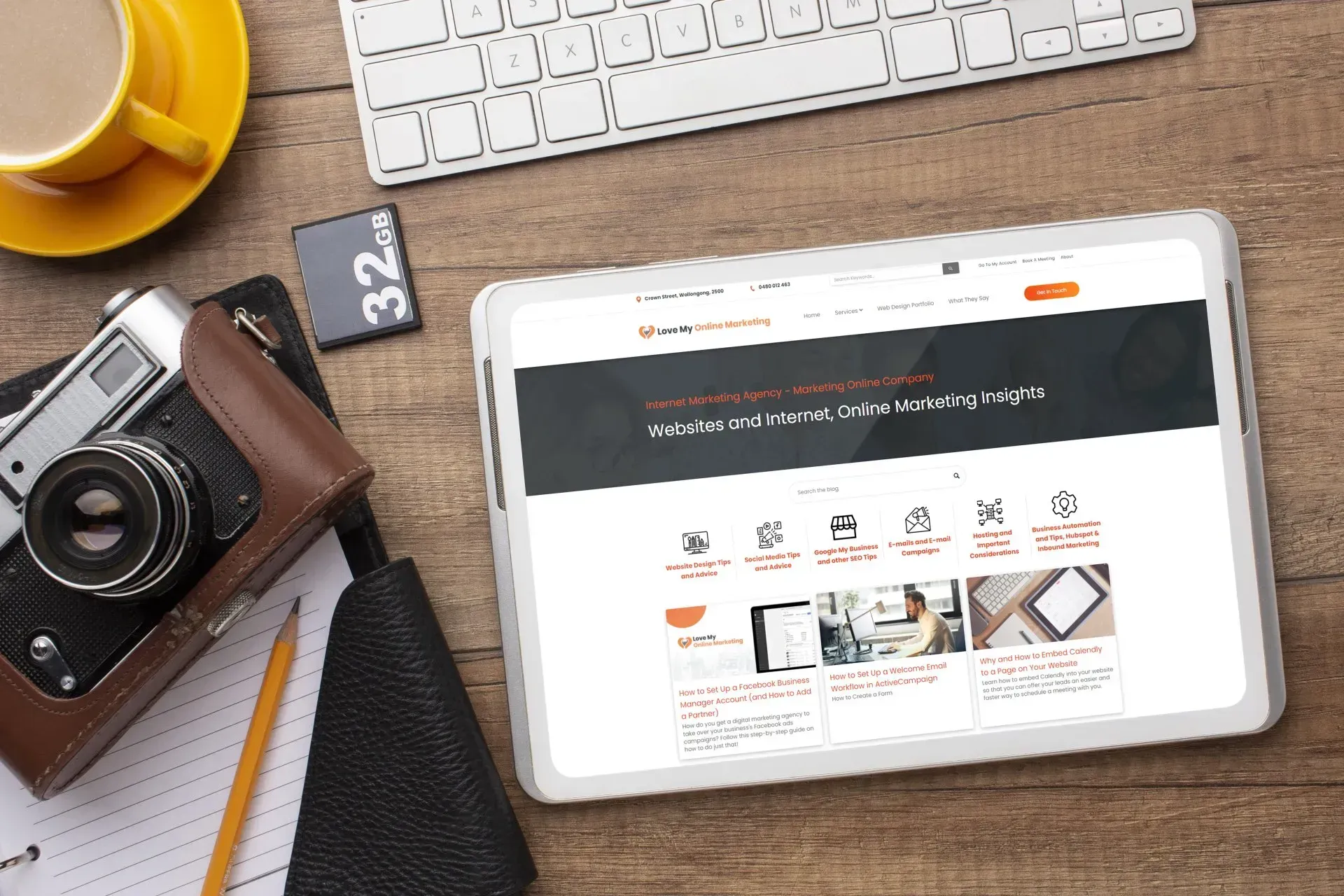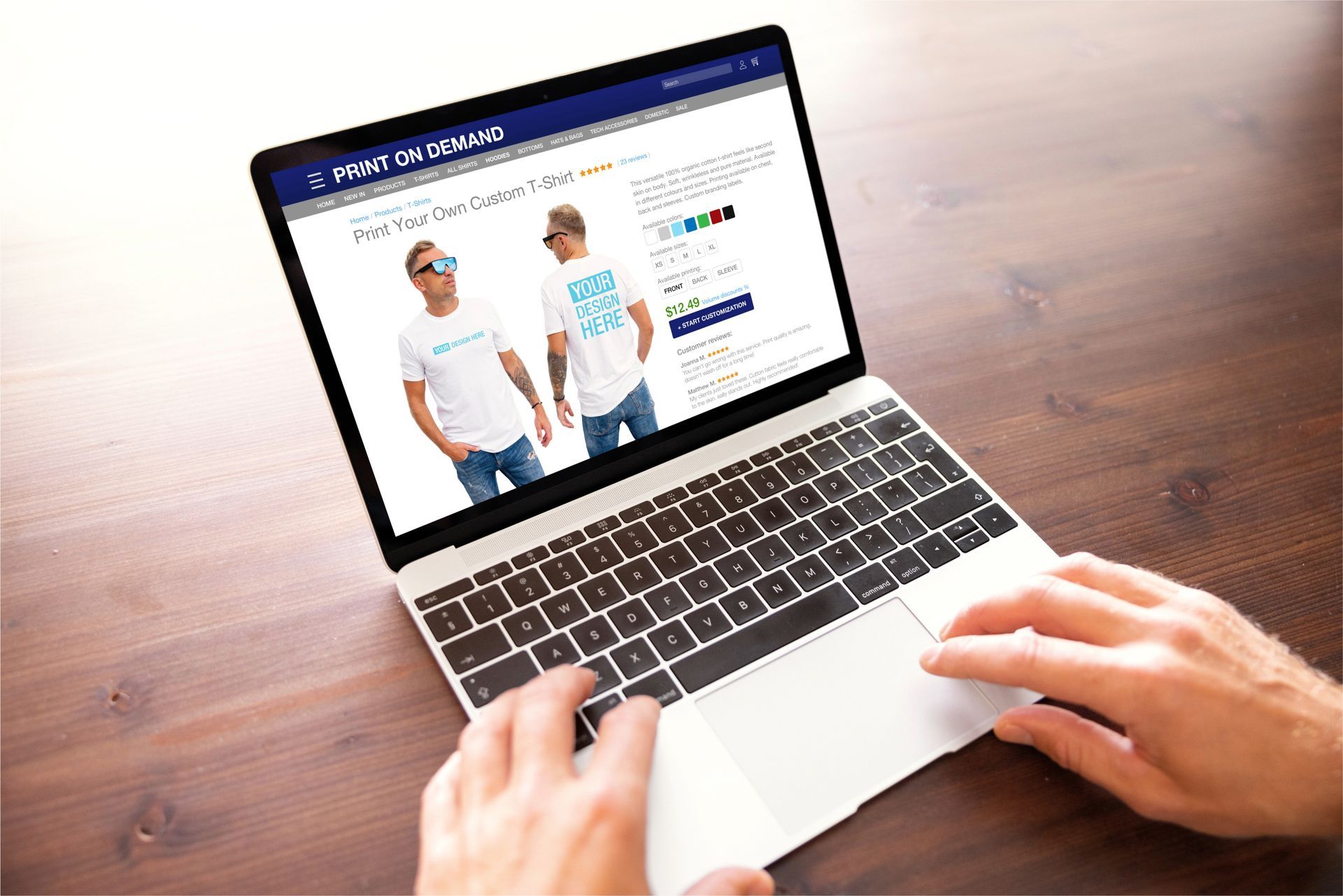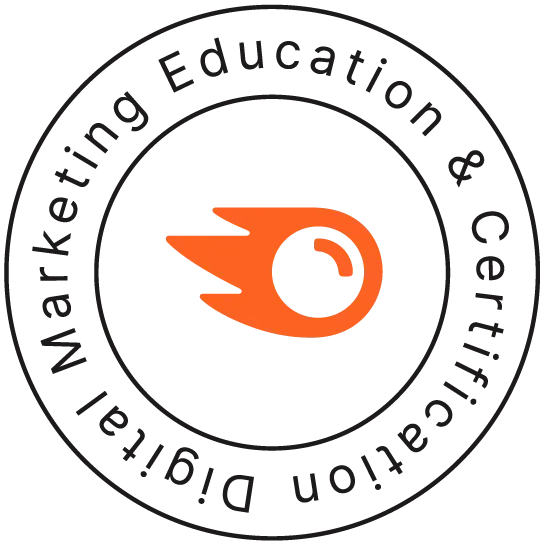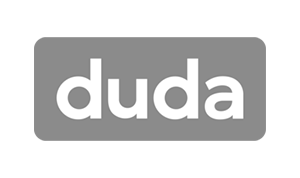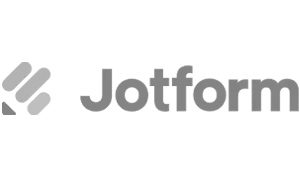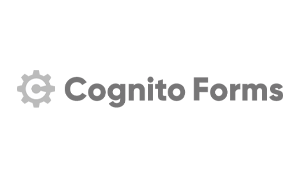Crown Street, Wollongong, 2500
The Role of UX and CRO in eCommerce Design
UX and CRO: a match made in heaven
Conversion Rate Optimization (CRO) and User Experience (UX) similarities become useful when discussing website efficiency.
The common goal of both UX and CRO is to reduce the mental and physical strain placed on the user. User interviews and usability tests are only two examples of the methods used in both. They are, nonetheless, distinct.
It's still possible for designers and advertisers to argue whether conversion rate optimization (CRO) is a subset of user experience (UX), but this is not the point of this article.
You will get an understanding of the cooperation between CRO and UX, as well as how the combined efforts of CRO and UX groups can better serve the needs of an organization.
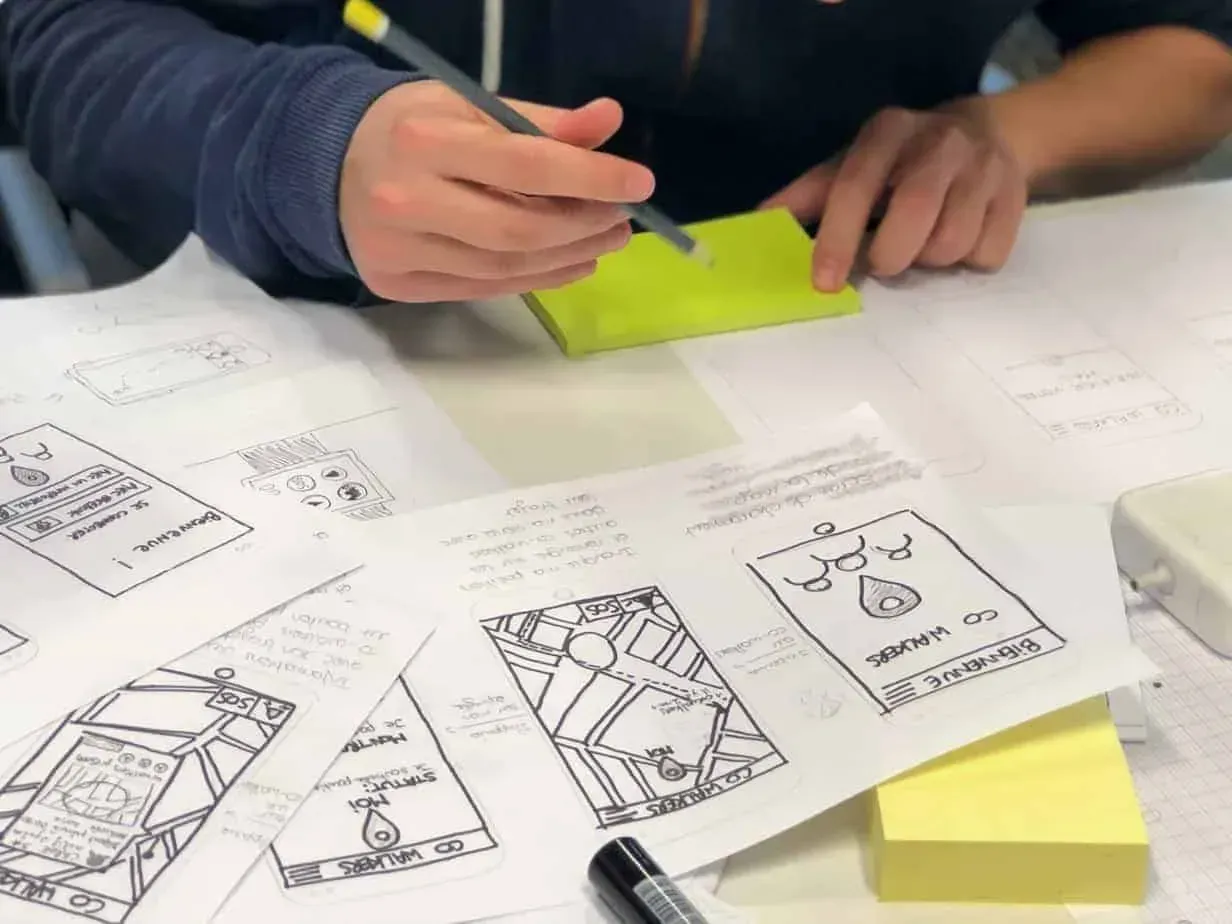
What are CRO and UX, and what makes them different
UX, short for "User Experience," refers to the user's impressions and feelings about a product, service, or website after interacting with it. Conversion rate optimization, or CRO, is increasing the website visitors' volume by tailoring the page to the specific needs of its visitors.
There seems to be some overlap between UX and CRO, two disciplines that analyze and assess the usability of a website's interface for site visitors.
But the closer study reveals that they tackle the issue from quite different angles. While UX can explain the "why" of the site's actions, Conversion Rate Optimization (CRO) explains "what" is occurring on the site.
In eCommerce, a 1-2% conversion rate is considered average. Your revenue will quadruple with a 1% increase in online store conversions.
If, for instance, a website's CRO is low and the site's sales of T-shirts are lower than expected, it's safe to believe that the site isn't converting as well as it might.
Conversely, how can we tell what site visitors could enjoy and how they might like it when a variety of T-shirts across price points, sizes, styles, and colors are shown to them? As you can have suspected, this is where user experience design comes in.
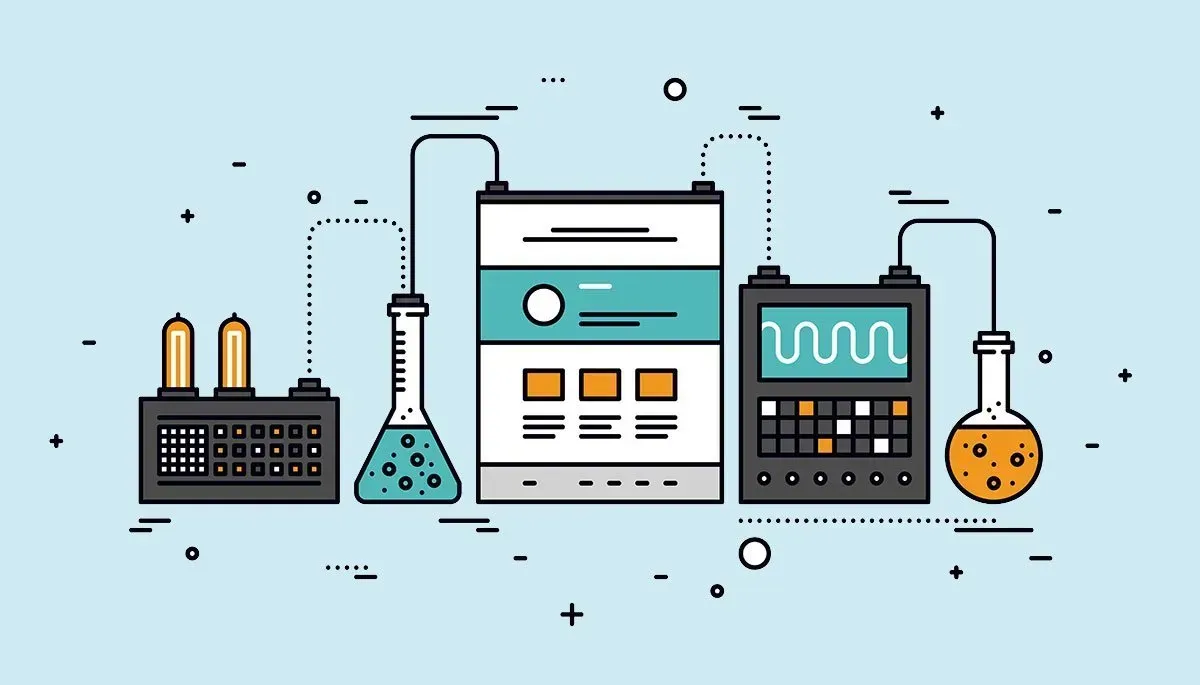
Using UX design and conversion rate optimization to enhance your digital products
Friction is caused when a customer encounters an unexpected feature, such as a broken link or an image that seems to be a button but isn't. UX designers are tasked with producing solutions to the issues uncovered by CRO teams.
The proportion of customers that make incremental progress toward a worthwhile conversion on your site or app drops when there are issues, faults, or malfunctions in the user experience. Smaller actions, such as clicking from a landing page to a site's product pages, are considered micro conversions.
Keeping this in mind, even if other UX flaws appear more egregious, fixing the ones with the largest negative influence on conversion rate is preferable.
A/B testing, heatmaps, session replay, visitor analytics, user surveys, eye-tracking research, customer feedback, and conversion rate softwares are just some of the methods used by CRO and UX teams in tandem to solve these problem areas.
And since we have mentioned softwares, Yieldify is a software designed specifically for eCommerce conversion rate optimization to help websites make the conversion much easier!
For example, implementing form analytics, which involves tracking how visitors to a website utilize its form fields, is helpful for both groups.
Using data-driven design practices, companies can better organize their teams around shared goals and guarantee a uniform user experience across all their digital offerings.
Working together, CRO and UX teams generate designs that are ethical and effective and boost a company's financial line.
How to improve the UX and CRO of an eCommerce website
🖝 Implement card sorting on your website
Card sorting is a technique used in user experience research that reveals how individuals interpret and organize data.
Participants in a card sort, also known as a card sorting study, sort pre-made sets of cards containing thoughts or information into categories that make sense to them. Cards, paper, or an online card sorting tool can all be used to complete the task.
Card sorting is a versatile research technique with various potential applications. The results of a card sort can be put to many different uses by academics and designers, including:
- Make a user-friendly website or landing page by designing a user-friendly information architecture (IA)
- Find out how people's thoughts and feelings regarding certain ideas and concepts vary
- Learn the typical locations for several types of material
- Discover new ways to classify your material or thoughts
Also, read here to get to know all
the benefits of card sorting for better UX design for your CRO!
🖝 Provide your users with better order tracking
An order tracking system is considered essential functionality for every eCommerce website by its patrons. Enhanced order monitoring has been shown to increase revenue and customer retention. Negative feedback and the loss of consumers are direct results of shipment delays and the inability to trace orders.
How should orders ideally be followed up on?
- Relation between the tracking number and the item being tracked
- The predicted time of arrival
- Tracking website data
- User-specific order IDs and log-in-based tracking
- Updates on the delivery progress
🖝 Use drop-down menus correctly
Users can use drop-down menus as a compass to find their way across your site and find the specific items they're searching for.
Your website's usability and conversion rate will be improved if you evaluate your drop-down menus in advance. The 'my account' drop-down menu is just as important as the category drop-down in usability.
🖝 Add the live chat feature
Live chats are increasingly important in today's eCommerce industry for closing deals. Those that provide live chat help to their customers have been shown to have a 73% greater percentage of customer satisfaction than sites that do not.
Visitors will have more faith in your company if they know they can reach you with any questions or concerns. Once they have faith in your business and staff, they will likely choose you over the competition.
🖝 Design your website in a way that customers find the desired products easily
Make it easy for customers to find what they're looking for by creating intuitive navigation choices like "Shop by Color," "Shop by Product Type," etc. It would help if you strived to have as few tiers as possible between consumers and the product they want.
Adding a website search bar and a revolving banner highlighting featured goods can do wonders for your conversion rates and client retention.
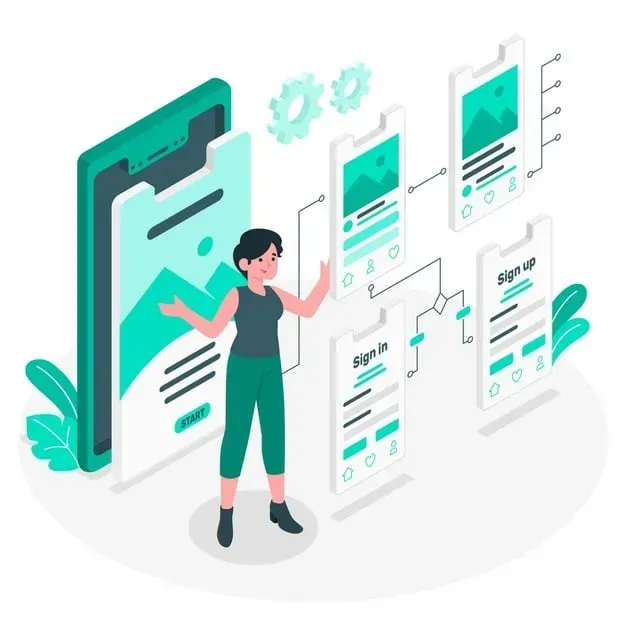
Benefits of a better website UX design in CRO
✔ Helps you align website design with business goals
When deciding what features to include on a company's website, designers should keep conversion rates and other commercial metrics in mind using a user experience strategy. Contact this service here to get started with your website design right now!
Everything from creating a wireframe to arranging information and images, locating a conversion point, choosing a color scheme, naming your product, etc.
✔ Helps you get to know your customers better
Walking a mile in your client's shoes can help you empathize with their struggles and identify ways to alleviate those problems so that you can better satisfy their demands.
Comprehensive knowledge of your customer's journey, product experience (PX), and other factors are essential for a successful CRO.
To better serve your website's visitors and address their specific requirements and problems, you should do conversion rate optimization (CRO) research.
By conducting CRO tests focusing on the user, you can learn valuable information about your target audience that can be used at all levels of the sales and development processes.
✔ You can outrank your competition easily
Optimizing for conversion rates: a boon to search engine optimization? Oddly enough, that's correct. If you do experiments on your website, you could find things that make people stay on it longer.
This can help lower your site's bounce rate, which is a ranking factor for Google. Lower bounce rates are associated with an increased possibility of outranking the competitors.
The same is true of your website traffic, social media engagement, and online fame generally; these metrics can rise if your conversion rates do. These rises are often associated with higher positions in search results. Also,
get your SEO done with the help of this online service!
✔ Helps you avoid random and unnecessary experiments
Conversion rate optimization is making small but steady improvements to a website by implementing and analyzing a series of slight changes.
Random testing and trials are methods to learn more about your website's performance, but evaluating it based on UX can be more effective overall. UX guides you to the starting point, whereas CRO details the immediate adjustments that must be made.
✔ Provides your website the additional validation
Additional validation, such as that provided by A/B testing, might be helpful when trying to establish whether a certain adjustment was successful.
Do experiments on many pages and see an improvement in user satisfaction, for instance. You can be able to use that information to back up your claim that a particular tweak improved the overall experience.
Similarly, UX professionals might benefit by referencing past assessments since doing so could save them from wasting time and energy on fruitless approaches.

The bottom line: Improve your UX, and the CRO will follow!
Successful websites are both easy to use and optimized for conversions. You can't build a successful website without considering user experience design and conversion rate optimization.
For this reason, these two fields must constantly work in tandem so that everyone involved, from the site's creators to its visitors, benefits.
Once upon a time, it was necessary to employ a whole staff of coders and designers to create a website from scratch. However, with the advent of modern digital tools, creating websites is simpler than ever before.

Love My Online Marketing has 10+ Years of working alongside businesses and helping them grow. Discuss your options for online success from website Design and Development through to Google Marketing.
Do you want more traffic and business leads?
Love My Online Marketing is determined to make a business grow. Our only question is, will it be yours?




